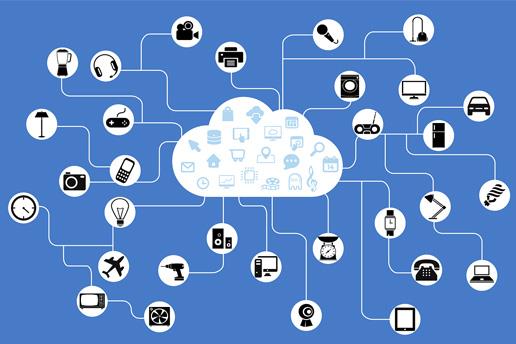The Trends to Look Out for
Another year and technical development continues apace; here’s an overview of what we can expect during 2016.
Internet of Things (IoT)
Simply put, the IoT is the connecting of all types of physical objects such as vehicles, buildings and various devices so they can inform and exchange data – ‘talk’ to us in other words. It enables them to be controlled remotely across existing networking infrastructures.
An example is the development in home heating; the smart meter that enables people to adjust their heating systems remotely, including switching them on and off.
Beyond this, the scope of IoT is vast – it’s likely to scale up in due course to create effectively ‘smart cities’ that can monitor traffic congestion and, by ‘talking’ to the car, help re-route motorists to keep traffic flowing.
The car is already showing us what the IoT can provide; they’re already able to monitor the driver’s tiredness levels, compensate, prevent minor collisions, and even intervene if they detect poor driving amongst other things.
The continued ‘connected devices’ theme is predicted to be a major part of IoT development, and this in turn means huge data use as our devices collect and collate data based on our habits and usage.
At some level this sounds somewhat sinister with an Orwellian overtone, but another way of looking at it is that through understanding our habits and usages it helps businesses and manufacturers more comprehensively meet our needs.

Machine Learning
Machine learning – the way data is analysed and acted upon through creating a ‘model’ – is set to gather pace and become more sophisticated. Basic examples of machine learning are email spam filtering and OCR (optical character recognition). Search engines are another example; the way they use algorithms to return accurate online search results has become ever-more sophisticated and will continue to do so.
Going hand in hand with this is the autonomous services to help people mine their data effectively; offerings such as Microsoft’s Azure ML Studio, the Google Prediction API and IBM’s Watson Analytics put machine learning into the hands of more people.
Data analytics is an area expected to develop and increase as more and more data is captured. It’s an area where specialist expertise might be sought by organisations looking to make the most of their data capture.
Data Security
The downside of such widespread use of technology and the rapid advances is the increased threat to systems security. In 2015 there was a record number of security breaches, with most sectors affected, including banking, government, healthcare and telecommunications.
In the UK, the hacking of the customer records of a leading telecommunications company and adult dating website made the news and caused severe disruption, and the gloomy prediction is that data security threats will increase in 2016.
In order to try and combat the threats, expect more information being published from government, columnists and other sources about how we can take steps to secure our own data and what precautions to take.
More organisations will seek to safeguard data, so more sophisticated methods of encryption will likely be developed. There will also likely be a more ‘selective’ data storing policy adopted by organisations; there’s been a tendency to store everything with the result data capture has become bloated and unwieldy. Focusing on the capture of data that is particularly relevant will be more common.
Data Management
Software-derived storage is likely to continue its rise; the ability to adapt and use existing hardware resources to meet changing data storage requirements is a major attraction for organisations as it saves money and makes them more adaptable. With the huge rise in data storage generally, software-derived storage has definitely come of age.
More use of flash storage is likely as the cost reduces – ironically due to increased demand. This makes for faster and less physically large data storage capabilities.
Mobile
The rise of the smartphone is changing the way people use the Internet with more and more using their smartphones more often online. This has caused Google, for example, to change its search algorithm to rank websites higher that provide suitable mobile access and for app developers to focus on making sure their app is effective even when connectivity might be patchy.
One things for sure in 2016, there won’t be a dull moment. Big data is shaping how the Internet is used and driving business growth. Consumers are becoming more demanding and this means that businesses and suppliers must adapt their systems and services to better meet the changing expectations form the market.
Karen Harding is the marketing manager at Objective IT, one of the South East’s leading web and software development companies.
























